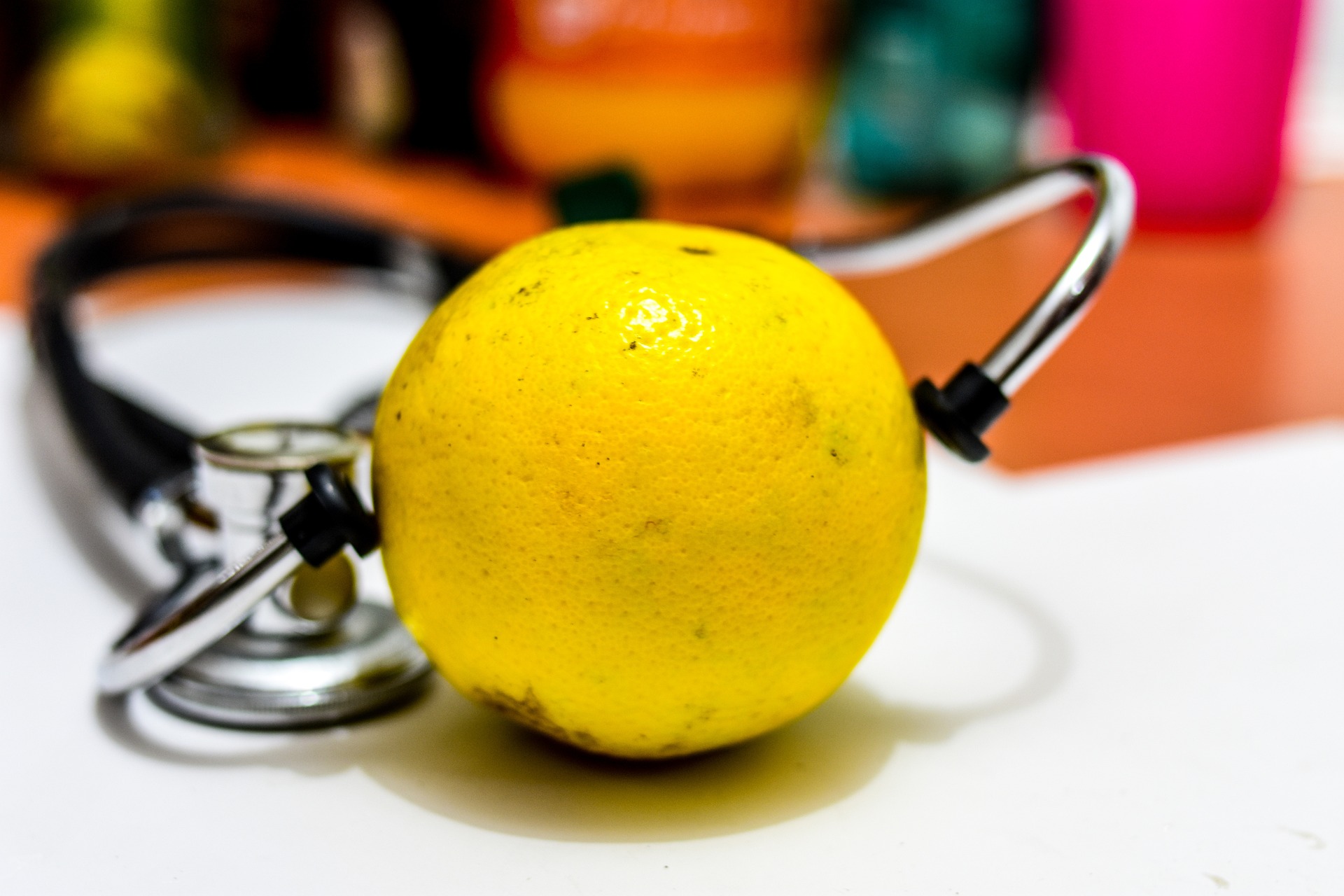Smartwatches for Diabetics: Monitoring Blood Sugar Levels
Modern technology has revolutionised diabetes management through innovative wearable devices. Smartwatches designed for diabetics offer continuous monitoring capabilities, real-time alerts, and comprehensive health tracking features. These advanced devices help individuals maintain better control over their blood glucose levels whilst providing convenience and peace of mind throughout daily activities.

Diabetes management has been transformed by cutting-edge wearable technology that seamlessly integrates into daily life. These sophisticated devices provide continuous health monitoring, enabling users to track vital metrics without interrupting their routines. The integration of advanced sensors and smartphone connectivity has created powerful tools for maintaining optimal health outcomes.
How Do Smartwatches Monitor Blood Sugar Levels
Blood sugar monitor watches utilise various technologies to track glucose levels throughout the day. Non-invasive optical sensors measure glucose through skin contact, whilst some models connect to continuous glucose monitors (CGMs) for real-time data synchronisation. These devices analyse blood flow patterns, skin temperature, and other biomarkers to provide accurate readings. Advanced algorithms process this information to deliver reliable glucose estimates, though traditional finger-prick testing remains the gold standard for medical accuracy.
Key Features in Diabetic Monitoring Devices
Modern smartwatches for diabetics incorporate multiple health tracking capabilities beyond glucose monitoring. Heart rate sensors, sleep tracking, and activity monitoring provide comprehensive health insights. Many devices offer customisable alerts for high or low glucose levels, medication reminders, and meal logging functions. Water resistance, long battery life, and smartphone integration ensure these devices remain functional throughout daily activities. Some models include emergency contact features that automatically alert designated contacts during severe glucose episodes.
Choosing the Right Blood Sugar Monitor Watch
Selecting the best smartwatch for diabetics requires careful consideration of individual needs and lifestyle factors. Battery life varies significantly between models, with some lasting several days whilst others require daily charging. Accuracy levels differ based on sensor technology and calibration methods. Compatibility with existing healthcare apps and glucose monitoring systems influences overall effectiveness. Screen readability, comfort during extended wear, and durability under various conditions are essential practical considerations.
Popular Smartwatch Models for Diabetes Management
Several manufacturers have developed specialised devices targeting diabetic users. The Dexcom G6 compatible watches integrate seamlessly with continuous glucose monitoring systems. Apple Watch Series models offer comprehensive health tracking with third-party diabetes management apps. Samsung Galaxy Watch devices provide robust fitness tracking alongside glucose monitoring capabilities. Fitbit models focus on activity tracking with basic glucose logging features.
| Device Model | Manufacturer | Key Features | Price Range |
|---|---|---|---|
| Apple Watch Series 8 | Apple | CGM integration, health apps, emergency features | £400-£800 |
| Samsung Galaxy Watch 5 | Samsung | Blood pressure monitoring, fitness tracking, glucose apps | £250-£450 |
| Fitbit Sense 2 | Fitbit | Stress management, sleep tracking, basic glucose logging | £200-£300 |
| Garmin Venu 2 Plus | Garmin | Advanced fitness metrics, long battery life, health monitoring | £350-£500 |
Prices, rates, or cost estimates mentioned in this article are based on the latest available information but may change over time. Independent research is advised before making financial decisions.
Integration with Healthcare Systems
Modern diabetic monitoring devices excel at connecting with existing healthcare infrastructure. Data synchronisation with electronic health records enables healthcare providers to monitor patient progress remotely. Many devices automatically generate reports for medical appointments, reducing administrative burden for both patients and healthcare professionals. Integration with prescription management systems helps track medication adherence and timing. Some platforms offer telehealth capabilities, allowing virtual consultations based on real-time monitoring data.
These technological advances represent significant progress in diabetes management, offering unprecedented convenience and monitoring capabilities. However, users should maintain regular communication with healthcare providers and continue traditional monitoring methods as recommended by medical professionals. The combination of wearable technology and professional medical guidance creates the most effective approach to diabetes management.
This article is for informational purposes only and should not be considered medical advice. Please consult a qualified healthcare professional for personalised guidance and treatment.




